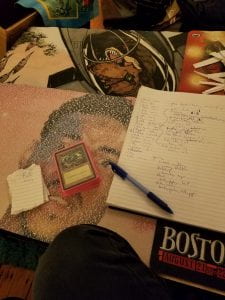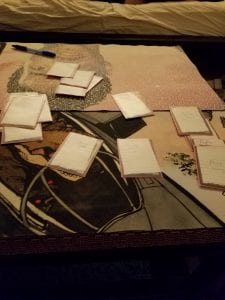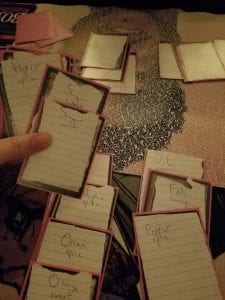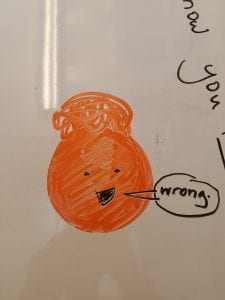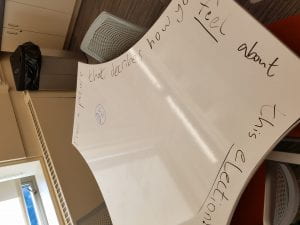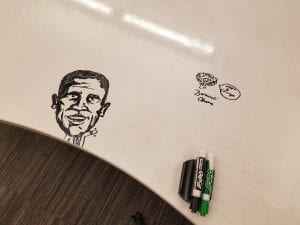I was very sad to miss so much of this class this semester since I love video games, and especially art games, to death. I read critical gaming literature every week (shoutouts to Critical Distance for making things easier) and, eventually, I would like to get into the gaming industry or journalism industry. However, I don’t think I’m anywhere near that, and as such I would much rather make something fun instead of critical. Making something fun is difficult enough.
I really dislike Cards Against Humanity. I don’t dislike it because it’s popular, but because I don’t find it fun nor funny. However, so many of my friends bring and have played it on so many different occasions that I always play along. It’s a bonding thing, and (in my opinion) one of the most boring bonding things out there.
Still, I give it props for being such a creative game. There are a few others like it, such as the classic Charades, or Apples to Apples, that I enjoy significantly more because the templates aren’t so rigid. As such, I decided to make another game in the same vein.
Like most creative projects, I worked with my boyfriend on this one. Originally, I wanted to create a game we could play against each other and enjoy even after this semester. We are both very competitive, so a competitive game made sense. However, we couldn’t really agree on how to make a competitive game (in the time allotted for the mini-game jam that I created for this project), so instead we came up with This Meal Is Awful.
–
It’s a simple game, and I’ll upload everything here ASAP so people can play.
Basically, the game has a shared deck of cards. Each player draws 10 each round. Each card has a food item on it. There are three phases – the cook phase, the sabotage phase, and the judge phase.
The cook phase
Using the ingredients in the player’s hand, the player puts down ingredients on top of each other to create a dish. The player then names that dish. The player can create as many dishes as they want, essentially creating a meal. Dishes can’t be modified after being finished except by being sabotaged.
The sabotage phase
As soon as a player is done with their cook phase, they can start sabotaging other players by putting one of their unused food items on another player’s dish. The food item can’t be removed.
The judging phase
Each player presents their dishes and meal that they’ve prepared, including the names of the dishes and meal and why they used the ingredients they did. Each player then chooses another player who they think made the best dish. There is no predefined judging criteria. Whoever has the most votes wins. If there is a tie, there is a revote where people can only vote for the players who tied.
After each round, players shuffle their cards back into the deck.
–
Players can make wacky meals and completely mess up other player’s meals. Players who are sabotaged can make up stories based on why their meal includes some kind of sabotage ingredient. It could end up being a very creative game on the player’s end.
I already knew about Dada going into this class, but the Fluxus movement, especially Yoko Ono’s Grapefruit and scores in general really influenced the way I think about games. While a lot of instructions can be rigid, many of the projects in the class seemed to benefit from being able to be interpreted differently from participants. To me, that is the ideal situation. That’s the main reason I decided to come up with This Meal Is Awful.
